
Standardizing your brand on social media
How to build a consistent style over multiple platforms
At WHAS11 in Louisville, standardizing the look and feel of social media accounts, specifically Instagram and YouTube, is at the top of the summer projects list. And while we’re at it, it might make sense to standardize new ways of storytelling and engagement on these platforms that have not yet been explored by the newsroom.
Social media platforms can be beneficial for creating a community, boosting engagement, and driving traffic to main sites. The importance of people recognizing the media brand across different platforms is one key to accomplishing those benefits.
Why standardize your brand?
This is a strategy based on creating a “sameness” that is seen and felt through the several, in this case, online presences. This allows your brand to be recognizable to your audience wherever they see your content, creating a trusted and familiar relationship. Build a style-guide that can be followed when you brand out to new platforms, to keep consistency long term as you embrace new features and options.
Where do I start?
Think of this process as cross platform consistency, which will allow your accounts to look the same in terms of color, logo, typography, style, composition and type of visual content published such as photographs and videos.
Here are four steps to creating a consistent brand across platforms
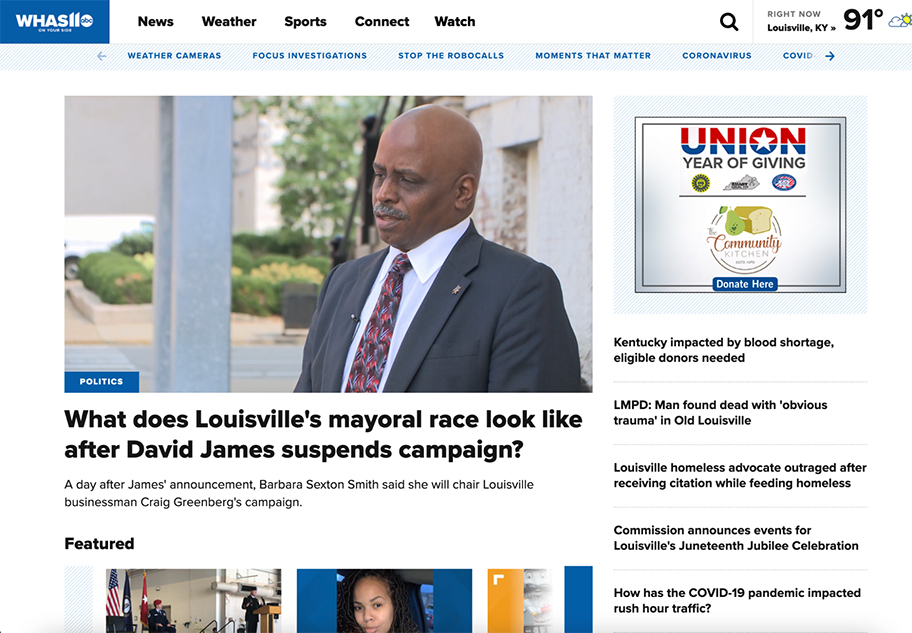
1. Document your brand’s colors, uses and combinations, and fonts
Most newsrooms already have a typeface and color palette selected for general purposes as well as for programs or special features, but it may not be standardized across sections and products. Get to know how and when each color, style and font selected are used within your news products before transferring that to various social platforms.

2. Check the social platforms themselves
Now that you have the colors and typography that you will work with, ensure logos, banners, and handles on your various platforms are consistent with your brand guidelines. If the shape or color of logos change through social media platforms, it could be confusing for people to look for your content or account.
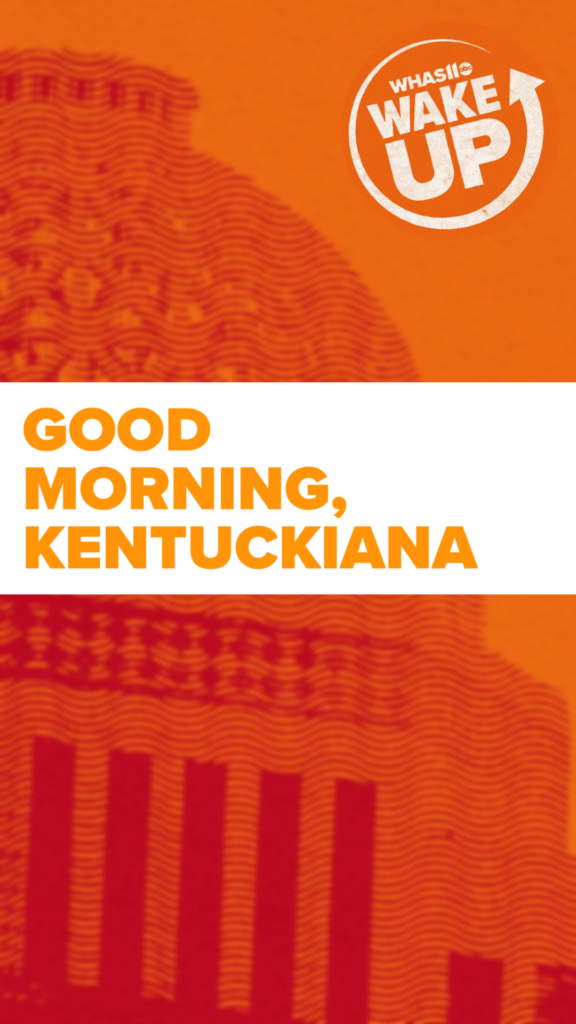
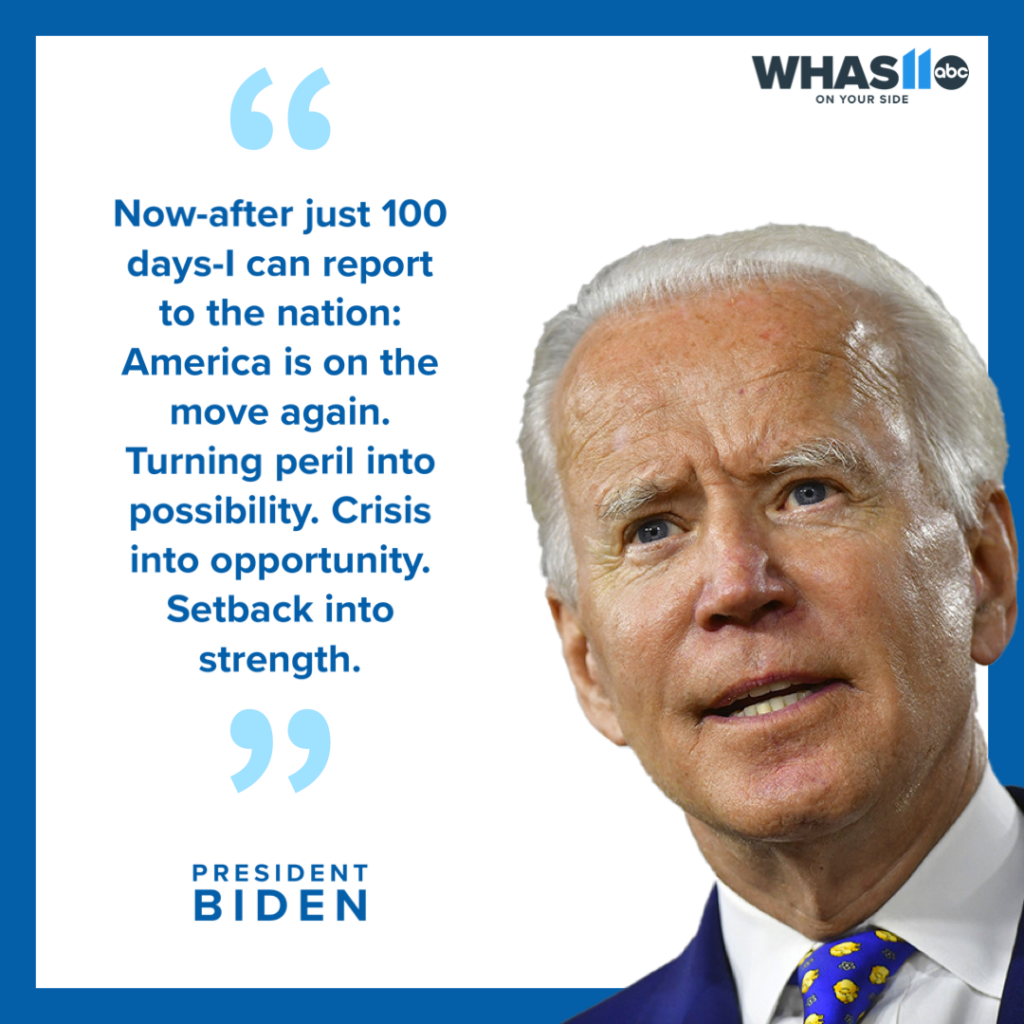
3. Stay on top of social media features and understand their formats
Get the most out of every social media platform you are using, and don’t use platforms you can’t really excel with. For Instagram for WHAS11, we’re working on creating stories, reels (these ones grab most of the engagement) and more IGTV. Every single one of these has a different viewing size and ways people can interact with them.
4. Create consistency: templates
Let’s create some templates! Templates are a great way to standardize how you present your content and make work easier for the digital team. Create templates for specific purposes and formats. You can also brand consistently while also changing up colors for your audience to recognize certain types of content, such as breaking new versus weekly quizzes or a call to action. As an example, WHAS11 general content includes the sky blue, red and blue colors, while the program Wake Up uses red and orange.

For a Youtube channel, the best way of standardizing content and building brand recognition is creating templates for the videos’ thumbnails. Most viewers click on the videos with thumbnails that grab their attention, which may include brand color and the topic or a title in the thumbnail like Al Jazeera’s videos.
Keep in mind the same goes for Instagram, color can change depending on what is meant to be communicated and shared.

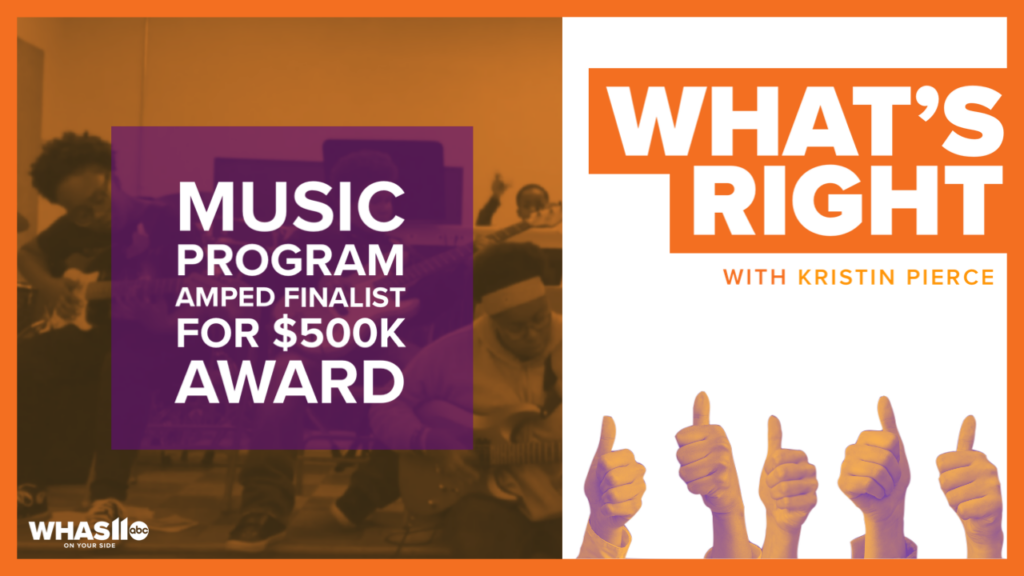
For WHAS11 templates, we’re using Adobe Spark, which is free! It is very intuitive, easy to use, and fast to edit. It also has a library of free to use images if needed. And it can even be used from your phone, which makes it much easier for publishing to social media because you can see what is readable and impactful on the screen of your mobile device.
Don’t forget to measure impact
There are many different indicators and metrics that can help you to find what your readers gravitate towards on each platform. On Instagram, the Insights section can help assess which content your audience is engaging with. You can see interactions, reach and impressions in an overall way or with each post. The YouTube Studio in Youtube will allow you to access the analytics section, where engagement, audience, reach and a whole overview of your channel is found.
As you can see, our engagement has gone up 79.9% in accounts reached and up 52.9% for interactions with our content.
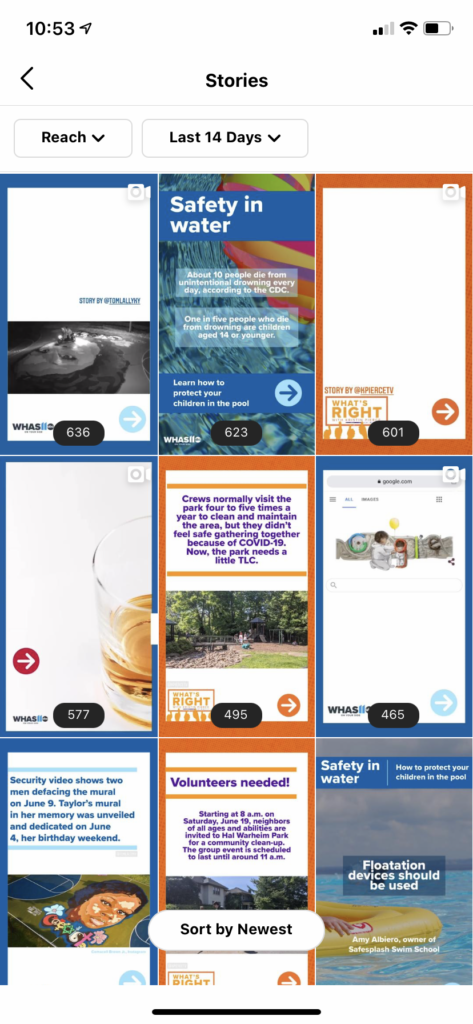
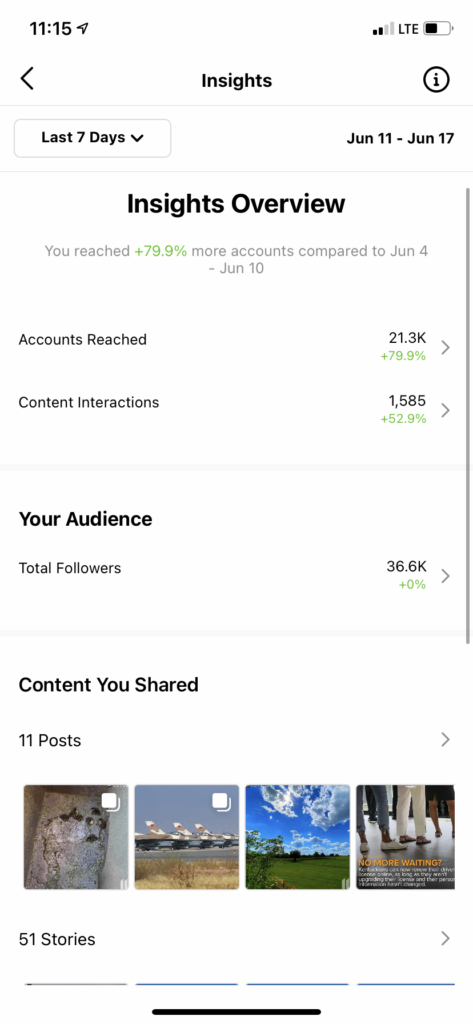
Carolina Vásquez is the RJI Student Innovation Fellow at WHAS11 in Louisville, Kentucky. This summer, our student fellows will be sharing dispatches from their fellowships in newsrooms across the country as a part of Innovation in Focus.
